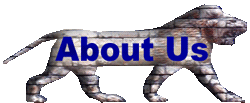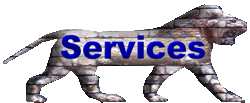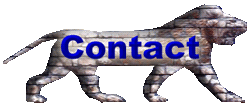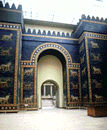
Sumerian Inanna in
Mesopotamian religion, goddess of war and sexual love.
Ishtar is the Akkadian counterpart of the West Semitic goddess
Astarte. Inanna, an important goddess in the Sumerian pantheon,
came to be identified with Ishtar, but it is uncertain whether
Inanna is also of Semitic origin or whether, as is more likely, her
similarity to Ishtar caused the two to be identified. In the figure
of Inanna several traditions seem to have been combined: she is
sometimes the daughter of the sky god, sometimes his wife; in other
myths she is the daughter of Nanna, god of the moon, or of the wind
god, Enlil.
In her earliest manifestations she was associated with the storehouse and thus personified as the goddess of dates, wool, meat, and grain; the storehouse gates were her emblem. She was also the goddess of rain and thunderstorms. leading to her association with An, the sky god. and was often pictured with the lion, whose roar resembled thunder. The power attributed to her in war may have arisen from her connection with storms. Inanna was also a fertility figure, and, as goddess of the storehouse and the bride of the god Dumuzi-Amaushumgalana, who represented the growth and fecundity of the date palm, she was characterized as young, beautiful, and impulsive. never as helpmate or mother. She is sometimes referred to as the Lady of the Date Clusters. Ishtar's primary legacy from the Sumerian tradition is
the role of fertility figure; she evolved, however, into a more complex
character, surrounded in myth by death and disaster, a goddess of
contradictory connotations and forces. fire and fire-quenching, rejoicing
and tears, fair play and enmity.
|
|

enormous burnt-brick entryway located over the main
thoroughfare in the ancient city of Babylon (now in Iraq). It was built in
about 575 BC, the eighth fortified gate in the city.
The Ishtar gate structure was more than 38 feet (12 metres) high and was
decorated with glazed brick reliefs, in tiers, of dragons and young bulls.
The gate itself was a double one, and on its south side was a vast
antechamber. Through the gatehouse ran a stone- and brick-paved avenue,
the so-called Processional Way, that has been traced over a length of more
than half a mile.
The sides of the street were decorated with brick lions passant. It has
been estimated that there were 120 lions along the street and 575 dragons
and bulls, in 13 rows, on the gate. Not all of these reliefs were visible
at the same time, however, for the level of the street was raised more
than once; and originally even the lowest rows, which were irregularly
laid, may have been treated as foundation deposits. The Iraq antiquities
department reconstructed the thoroughfare at one of the higher levels. |
|







